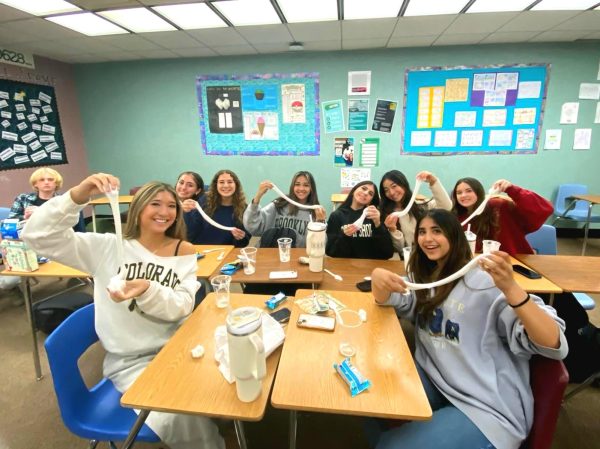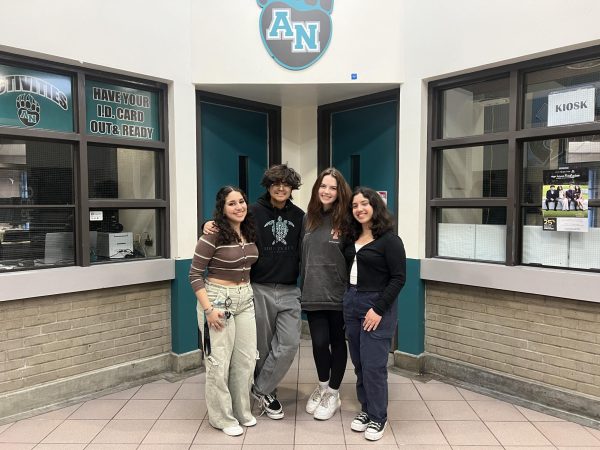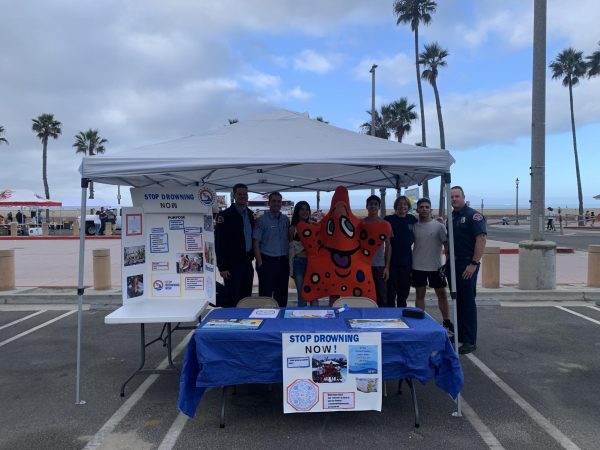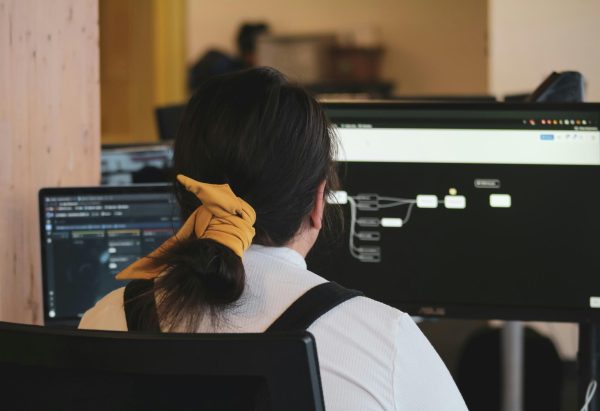ANHS Engineering Club
Aliso Niguel has a new engineering club run by its president KJ Tse (11). KJ affirms that the “club was created to disassemble objects and learn how they function. By disassembling them, we hope to gain a better understanding of the function of the object and how to replicate it.”
The club advisor is Ms. Zhou, and they hold their meetings at room S101 every second Tuesday of the month. This is the club’s first year at Aliso, and anyone with an interest in engineering or mechanics is welcome to join.
The president of the Reverse Engineering Club has “a desire to create a talented team of individuals who can display their proficiency in understanding the operation of machines.” He is also interested in majoring in engineering in the future and hopes to “educate a talented team of students in the function of everyday objects to understand the world around them.”
Each year, around 200,000 students earn a bachelor’s degree in engineering, but there are many different fields of focus. Mechanical engineering is the most sought-after degree and is also the objective of this club.
According to interestingengineering.com, it is “one of the broadest engineering branches. It involves designing and manufacturing everything from individual components to complex, large-scale systems. The average mid-career salary for mechanical engineers is $97,654.”
This club opens the opportunity for those interested in this field of study to develop a deeper understanding of the topic. These engineers are essential to the development of modern-day society and its maintenance. It is required for them to know how everyday objects and machines work.
The U.S. Bureau of Labor Statistics states that “mechanical engineers design power-producing machines, such as electric generators, internal combustion engines, and steam and gas turbines, as well as power-using machines, such as refrigeration and air-conditioning systems. Mechanical engineers design other machines inside buildings, such as elevators and escalators.”
Their work environment usually revolves around being in an office, but sometimes they visit worksites if there is a problem that needs more attention. It is a team effort; they will be cooperating with other engineers everyday. This type of work requires creativity, listening skills, math skills, mechanical skills, and problem-solving skills.
An example of a type of job in this field include auto research engineering. They work to improve a car’s quality and function, testing aerodynamics and possible new sources of fuel.
In order to become a mechanical engineer, a bachelor’s degree in the field is generally required. Some great undergraduate programs for mechanical engineering are at the Massachusetts Institute of Technology, Georgia Institute of Technology, Stanford University, University of Michigan at Ann Arbor, and University of Illinois at Urbana-Champaign.
The U.S. Bureau of Labor Statistics also explains that “Licensure is not required for entry-level positions as a mechanical engineer. A Professional Engineering (PE) license, which allows for higher levels of leadership and independence, can be acquired later in one’s career. Licensed engineers are called professional engineers (PEs). A PE can oversee the work of other engineers, sign off on projects, and provide services directly to the public.”
Aspiring engineers need to take an initial Fundamentals of Engineering exam after earning their bachelor’s degree. After some more work experience, they can take a second exam called the Principles and Practice of Engineering. However, a Ph.D. is needed for higher faculty positions.
Although becoming a mechanical engineer can seem like a lot of steps, the Reverse Engineering Club is a good start to test the waters of engineering. Again, anyone can join and all meetings are held at school.

Eunnie is a senior at Aliso Niguel high school and is a Senior Editor in the Growling Wolverine. She is involved in several different clubs and swim, and...








